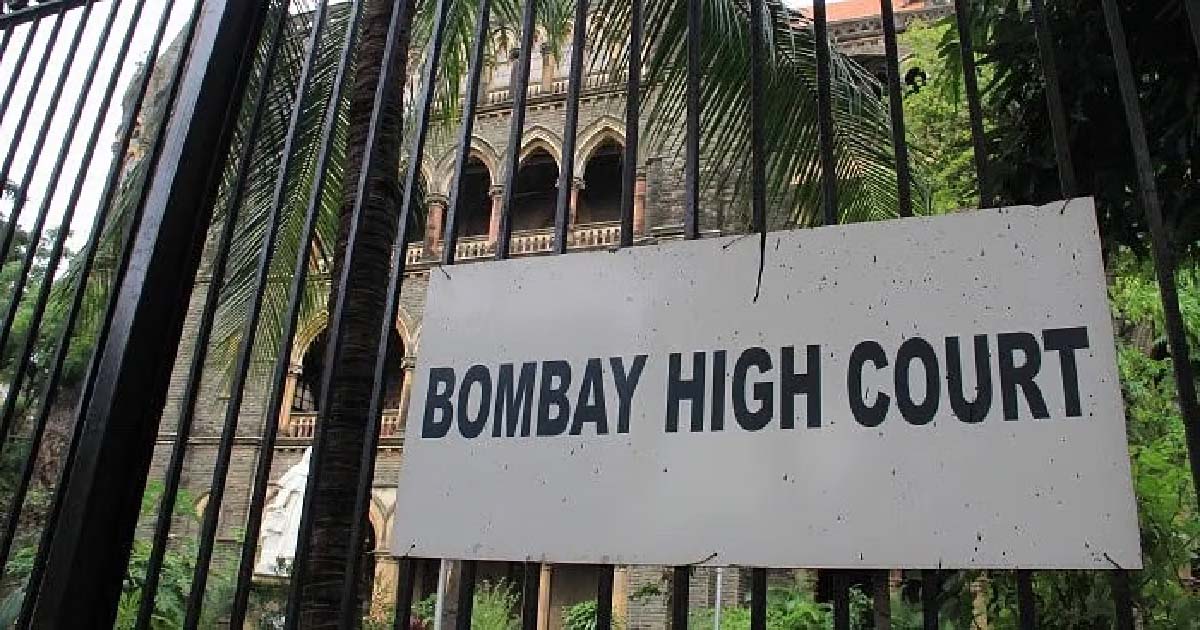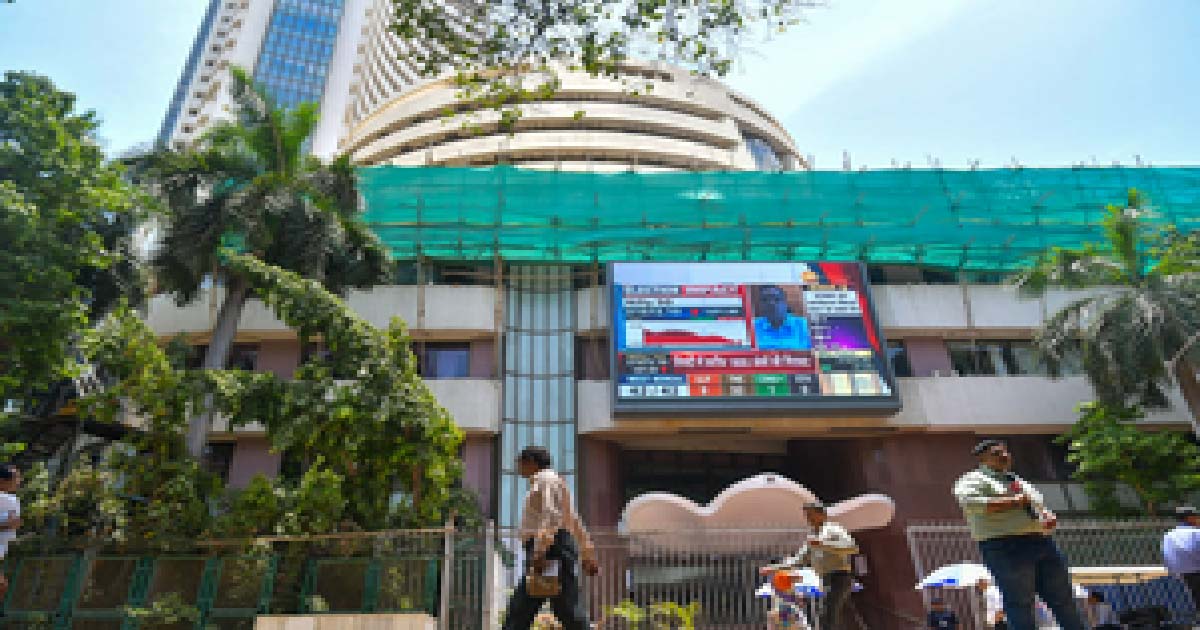Business
NHAI to be flag-bearer of Centre’s asset monetisation plan

The National Highways Authority of India (NHAI) will be the flag-bearer of the government’s asset monetisation programme with a plan to raise about Rs 30-40,000 crore through monetisation of its operational stretches over the next two years.
The company officials indicated that the disruptions in wake of pandemic delayed some of its asset monetisation plan, but with traffic fast returning to near normal levels now, about Rs 10,000 crore of road assets would be monetised by NHAI in the current year (FY 22) and the exercise would kick up pace next year with doubling or tripling of the numbers in the next few years.
With the country in firm grip of the second wave of Covid pandemic in the months of April and May, and subsequent restrictions on mobility and partial lockdown, tolling at national highways nose-dived. In a report released earlier, rating agency ICRA had estimated that sequentially tolling had fallen by about 10 per cent in April and close to 30 per cent in May. Thereafter, there has been marked improvement in traffic on highways reaching 90 per cent of pre-Covid levels and has crossed that level too now.
An NHAI official said that the entity is in touch with a clutch of investors and soon bids would be invited for taking the operational NHAI project under the toll-operate-transfer (TOT) model.
Under the TOT model, highway projects which have been operational for at least two years, and which have been generating a steady stream of revenue, are to be leased out to large-cap investors for carrying out O&M (operation and maintenance) operations in consideration of the highest bid upfront concession fee. The investor recovers investment through tolls collected for a stretch over a period of concession spreading over 20-30 years. Once the cost with agreed return is achieved, the road returns back to NHAI.
“The national monetisation pipeline announced by the government has identified the road sector having the maximum potential for such exercise at Rs 1,60,000 crore over the next four financial years. This would be achievable given the tested model already available in the sector. Besides, InvIT model would also be used to pool resources and monetise projects,” said a road sector expert asking not to be named.
NHAI has planned an InvIT, the second one promoted by a public sector entity after power transmission utility PGCIL, but it has seen multiple deferments over the Covid disruptions. But a Rs 5,100 crore InvIT is now likely next month.
The InvIT trust will acquire 100 per cent of the equity shares of the project SPV from the sponsor NHAI. It is expected that NHAI may raise further funds, around Rs 5,000 crore, by transferring more assets to the InvIT later in the year.
But TOT may remain the most active model for monetisation. So far NHAI has raised around Rs 17,000 crore through the TOT model by granting on long-term lease three road bundles out of the five attempted so far. The sixth bundle will be out soon.
Another exercise for asset monetisation by NHAI will be through toll securitisation where the authority gets paid for investment in road construction and private investor gets to collect toll.
Proceeds from the asset monetisation programme are used to repay debt and develop highways. As on March, 2021, NHAI had around Rs 3 lakh crore debt. It is permitted to borrow Rs 65,000 crore in 2021-22, same as in 2020-21.
The expectation of asset monetisation (by NHAI and other developers including EPC developers) is also supported by the past performance of road EPC companies. Between fiscals 2016 and 2021, sale of assets to InvITs or to private equity funds helped unlock Rs 80,000 crore of enterprise value for the sector (Rs 50,000 crore for the road EPC companies analysed), according to a Crisil report. Around 60% of this was through four InvITs. The funds released strengthened their balance sheets.
The leverage (calculated as total outside liabilities to tangible net worth) of these companies is estimated to have improved to 1.25 times as on March 31, 2021, from 1.87 times as on March 31, 2016, largely supported by asset monetisation.
The Union Budget 2021-22, laid a lot of emphasis on asset monetisation as a means to raise innovative and alternative financing for infrastructure. In her Budget speech, Finance Minister Nirmala Sitharaman had said that monetising operating public infrastructure assets was a very important financing option for new infrastructure construction. Now a Rs 6 lakh crore monetisation pipeline has been announced for bringing in private investment in brownfield Central government projects in various sectors where assets are idling.
Business
Nescafé Premix Qualifies As ‘Instant Coffee’, Attracts Lower 8 Per Cent Sales Tax: Bombay HC

Mumbai: In a significant ruling on product classification under the Bombay Sales Tax Act, 1959, the Bombay High Court has held that Nescafé Premix must be taxed at 8% as “coffee / instant coffee,” and not at the higher rate of 16% applicable to general beverage powders.
A bench of Justices M. S. Sonak and Advait Sethna reiterated the cardinal principle that specific tax entries must prevail over general ones. Applying the common parlance test, the court concluded that Nescafé Premix, as marketed and consumed, had created a clear perception of “instant coffee”.
The case arose from a dispute between Nestlé India Ltd. and the Sales Tax Department regarding whether Nescafé Premix — containing 8.5% soluble coffee powder, 54% sucrose, 37% partially skimmed milk powder and 0.5% maltodextrin — should be classified under Schedule Entry C-II-3 (8%) or Entry C-II-18(2) (16%).
The Commissioner of Sales Tax had earlier ruled in 1998 that the product fell under the higher-taxed general entry for powders used in non-alcoholic beverages, emphasising that the coffee content was “minuscule 8.5%”.
The Maharashtra Sales Tax Tribunal reversed this decision in 2001, holding that ingredient percentage was not decisive — relying on Supreme Court precedent that even small quantities, like salt in food, do not alter the essential character of the final product.
Upholding the Tribunal’s order, the HC stressed that the product’s actual use and consumer understanding were crucial. “Ultimately, in all such matters, we must go by the common parlance test,” the bench said.
It noted that the premix was expressly marketed as Nescafé Premix and used to dispense Nescafé from vending machines simply by adding hot water. “The resultant product, in common parlance, was nothing but Nescafé,” the Court observed.
Rejecting the Department’s argument that low coffee content disqualified it from being considered instant coffee, the Court agreed with the Tribunal that removing coffee powder altogether would fundamentally change the product’s identity — demonstrating that the coffee component, though proportionally small, was determinative of classification.
The bench also emphasised that Entry C-II-3, covering “coffee” and “instant coffee”, was a specific entry and therefore prevailed over the general entry for beverage powders under C-II-18(2). “The concept of instant coffee must conform to modern development and modern perceptions,” the Court added.
Business
Indian stock market ends in bullish tone after RBI rate cut

Mumbai, Dec 6: Indian equity benchmarks made marginal losses after hitting record highs and three weeks of consecutive gains due to profit booking. However, the market ended the week in a bullish tone after the Reserve Bank of India (RBI) delivered a 25 bps rate cut that lifted investor sentiment.
Benchmark indices Nifty and Sensex dipped 0.37 and 0.27 per cent during the week to close at 26,186 and 85,712, respectively.
Early optimism driven by strong Q2 GDP print and robust auto sales was overshadowed by persistent FII outflows, sharp rupee depreciation, and uncertainty over trade negotiations.
Broader indices underperformed, with the Nifty Midcap100 and Smallcap100 down 0.73 per cent and 1.80 per cent, respectively in a week.
Sentiment reversed on Friday after the RBI surprised markets with a 25-bps rate cut, supported by lower inflation forecasts and liquidity measures.
Gains during the week were led by auto, IT due to festive demand and favourable currency tailwinds. Banks, Finances, consumer durables, power, chemicals and oil & gas lagged.
As long as Nifty sustains above the 26,050–26,000 band, the bullish structure remains valid. Immediate resistance now lies at 26,350–26,500 zone and a break below 26,000 could lead to profit booking, said market experts.
With India’s economic growth remaining resilient despite tariff pressures and global headwinds, the Indian equity market is well-positioned to benefit if global fund flows begin to rotate back into emerging markets, market watchers said.
Investors are keen on cues from the US Federal Reserve’s monetary policy decision next week. Markets have already begun pricing in a 25 bps rate cut, supported by dovish commentary from several Fed officials and recent data pointing to softening labour market conditions.
Analysts said that shift in US Fed’s policy stance could sway currency movements and materially influence foreign portfolio investor flows into emerging markets including India.
Business
IndiGo Crisis: 75-Yr-Old Woman Waits Hours For Luggage Without Medicines At Mumbai T2 Airport

Mumbai, Dec 05: When IndiGo’s nationwide operational meltdown began disrupting flights earlier this week, thousands of passengers were caught in chaos across the country. Among them was a 75-year-old woman whose ordeal at Mumbai’s Terminal 2 gained attention after her daughter shared a distressed post on X. Thankfully, the woman has now reached home safely, but her experience reflects the scale of frustration travellers are facing.
In her post on X, Punita Toraskar wrote that her elderly mother had been waiting at T2 since noon, and even by 4:42 pm, she still hadn’t received her luggage. The situation was more alarming because the 75-year-old needed to take her medicines but was stuck waiting on an empty stomach, stranded amid the airport chaos.
Toraskar’s post quickly resonated with passengers across India who have been struggling with severe delays, cancellations, and a complete breakdown of communication from India’s largest airline.
IndiGo is currently grappling with one of the biggest operational crises in its history. Nearly 900 flights have been cancelled since Tuesday, triggered by a mix of staff shortages and the airline’s struggle to adapt to stringent new crew duty regulations.
Passengers at major airports — Delhi, Hyderabad, Bengaluru, and Kolkata — are facing hours-long queues, mounting delays, and skyrocketing airfares as alternative flight options shrink. Hotels are filling up, tempers are rising, and social media is flooded with frustration.
IndiGo has issued public apologies and claims it is rebooting its systems and schedules to stabilise operations. But for many travellers like Toraskar’s mother, the damage is already done.
Despite the turmoil, Punita confirmed later that her mother had finally reached home safely, a small relief in a week of aviation chaos.
-

 Crime3 years ago
Crime3 years agoClass 10 student jumps to death in Jaipur
-

 Maharashtra1 year ago
Maharashtra1 year agoMumbai Local Train Update: Central Railway’s New Timetable Comes Into Effect; Check Full List Of Revised Timings & Stations
-

 Maharashtra1 year ago
Maharashtra1 year agoMumbai To Go Toll-Free Tonight! Maharashtra Govt Announces Complete Toll Waiver For Light Motor Vehicles At All 5 Entry Points Of City
-

 Maharashtra1 year ago
Maharashtra1 year agoFalse photo of Imtiaz Jaleel’s rally, exposing the fooling conspiracy
-

 National News1 year ago
National News1 year agoMinistry of Railways rolls out Special Drive 4.0 with focus on digitisation, cleanliness, inclusiveness and grievance redressal
-

 Maharashtra1 year ago
Maharashtra1 year agoMaharashtra Elections 2024: Mumbai Metro & BEST Services Extended Till Midnight On Voting Day
-

 National News1 year ago
National News1 year agoJ&K: 4 Jawans Killed, 28 Injured After Bus Carrying BSF Personnel For Poll Duty Falls Into Gorge In Budgam; Terrifying Visuals Surface
-

 Crime1 year ago
Crime1 year agoBaba Siddique Murder: Mumbai Police Unable To Get Lawrence Bishnoi Custody Due To Home Ministry Order, Says Report












